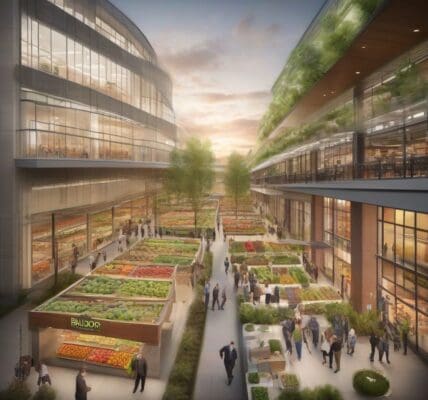As grocery retailers gear up for the crucial holiday season, they are met with significant challenges. Grocery price inflation, product recalls, and a persistent theft crisis are frequent topics of discussion. At the Progressive Grocer’s GroceryTech event in June, industry leaders highlighted these issues, alongside concerns about expense management and the looming Kroger-Albertsons merger. Profit margins remain under pressure, yet the sector also exhibits resilience and opportunities for growth.
According to the Food Industry Association’s recent report, operational improvements are noticeable across grocery channels. A significant decrease in negative impacts from transportation issues was reported—retailers citing a drop from 79% to just 35%. This increased efficiency has led to a noteworthy reduction in out-of-stock rates, which fell from 10.7% in 2022 to an impressive 6.5% in 2023.
Moreover, companies like Walmart are investing heavily in modernizing their supply chains, with new automated distribution centers set to improve efficiency. Retailers are also prioritizing employee retention; turnover has declined from 65% to 58%, thanks to companies like SpartanNash fostering supportive workplace cultures.
Additionally, innovation remains a priority. Retailers are experimenting with technology to enhance shopping experiences, with 81% aiming to integrate in-store tech and 79% expanding their fresh grab-and-go selections. The adoption of artificial intelligence has almost doubled this year, demonstrating a shift towards a tech-enabled shopping landscape.
Despite inflationary pressures, the grocery sector is poised for growth through operational efficiencies, investments in major innovations, and a focus on customer engagement. With these strategies, grocers are not only navigating current challenges but are also setting the stage for future success.












